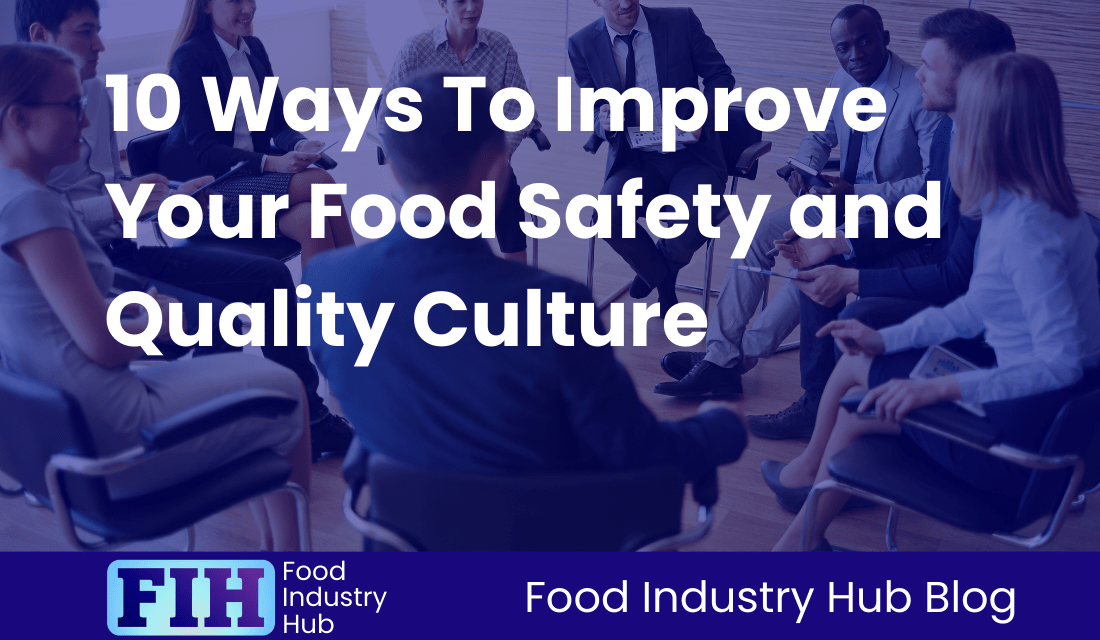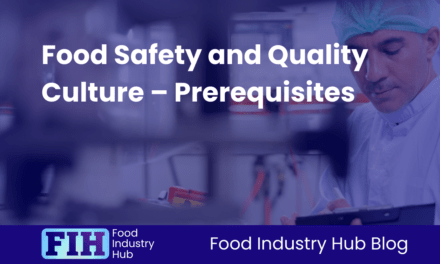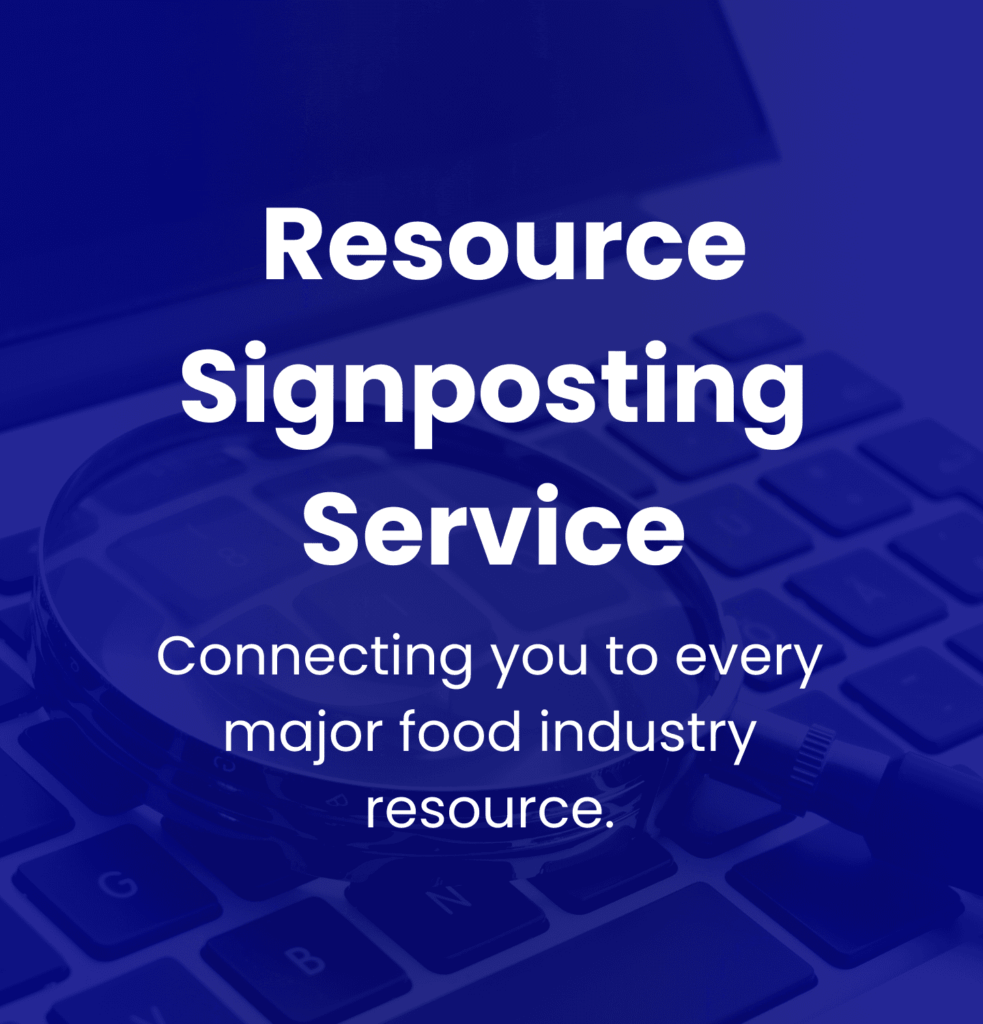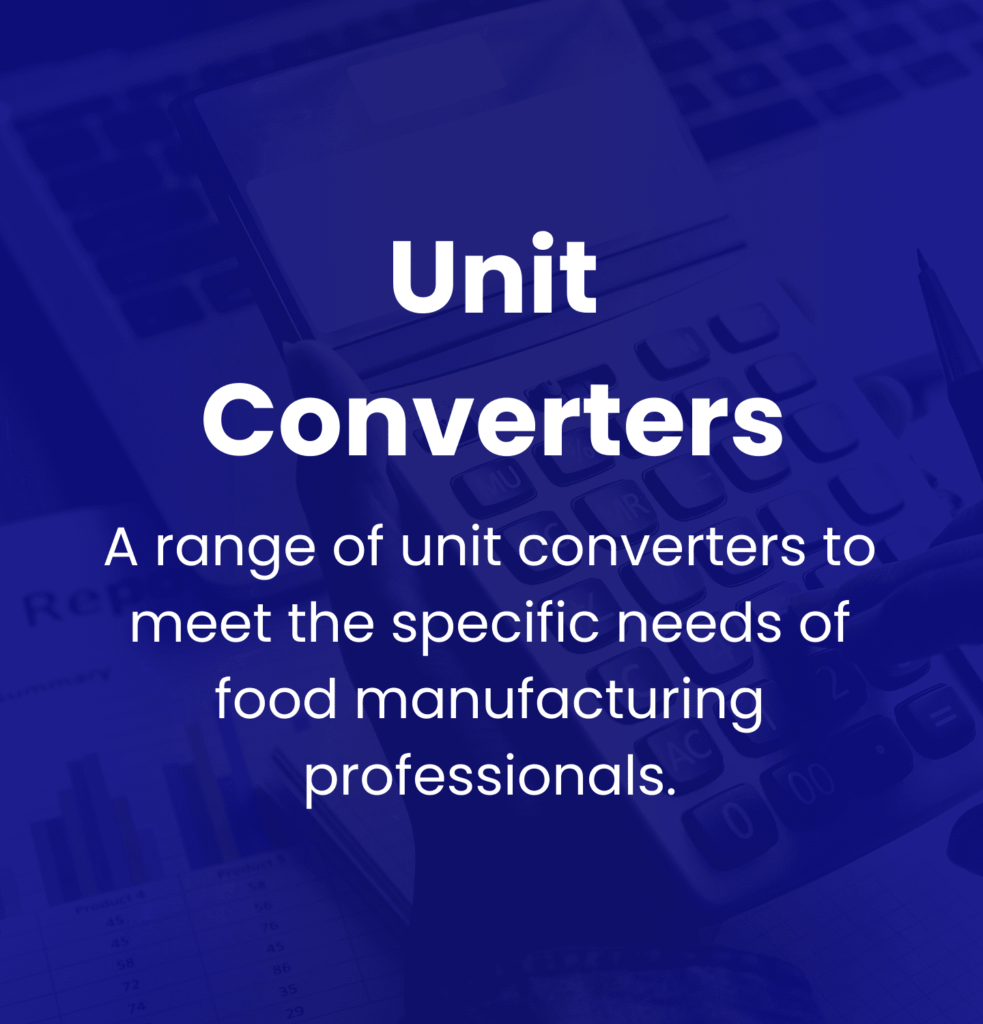Introduction
Food safety and quality culture can be a difficult thing to address because of the intangible nature of the topic. In this post, we offer actionable suggestions for initiatives that you can use to develop a culture of food safety and quality.
Table of Contents
1 Update Recruitment Processes
Everything from job adverts, interview questions, and contracts (with associated reward structures) can be adjusted in favour of selection of candidates whose values align with the organisation’s food safety and quality ideals.

2 Orient Accountability Around Values, Not Authorities
If you’re enforcing behaviours by appealing to an authority figure (such as an auditor or a manager), then all of the compliance motivation depends on the avoidance of undesired outcomes (like non-conformances or punishment/consequences). This is inherently flawed, because the enforcement structure fluctuates depending on how likely they think it is that an auditor or manager will scrutinise what they’re doing. Threats are only effective when they’re enforced.
Conversely, if you can motivate people by appealing to their sincerely-held values then there is usually no need to enforce compliance.
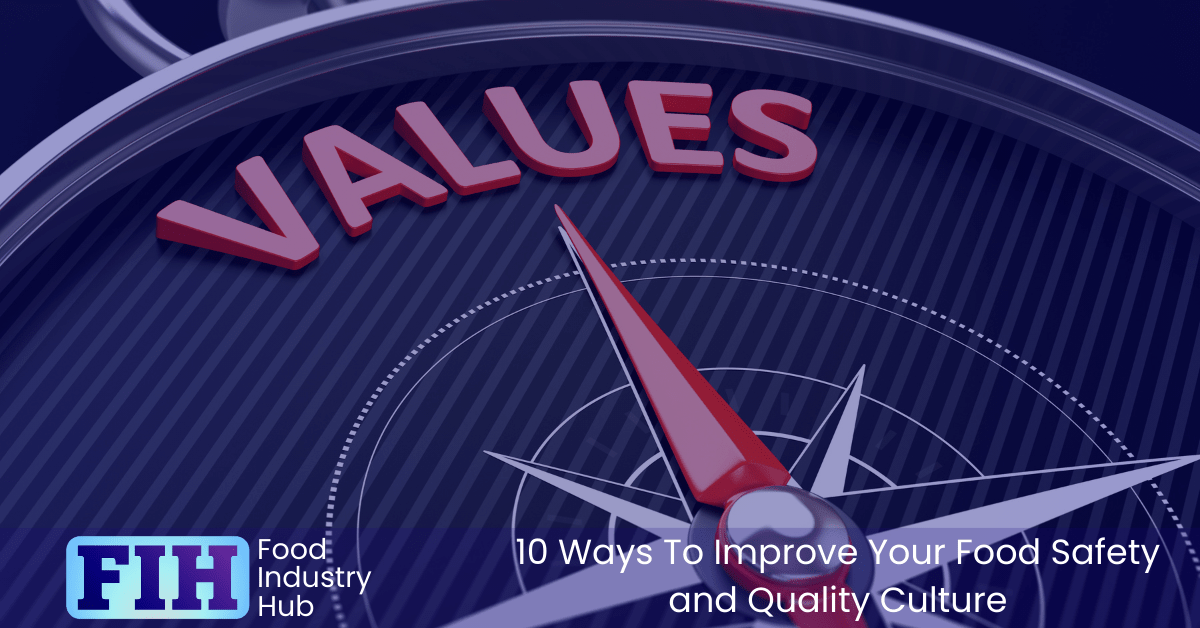
3 Redevelop Internal Feedback Mechanisms
Training, education, positive reinforcement, and realignment of individual and organisational interests can be very constructively used to correct attitudes and behaviours. Threats and punishment rarely have any substantial benefit for behaviour improvement, but have the side effect of eroding the employer/employee relationship.
Many organisations organically arrive at a punitive feedback structure – with a disciplinary procedure which can be activated at the click of a finger, accompanied by a personal development plan which grudgingly comes into play once a year as part of an appraisal process.
If you examine the feedback mechanisms at your business, you may find that there is a lot of variation between different managers and departments/functions. Organisationally, there could be a major benefit to training managers on how to appropriately enact the various interventions available to them – bringing a sense of direction and predictability to the way employees are engaged with.

Sign-up for the Food Industry Hub Mail Service
We regularly produce new content for food industry professionals, and the Food Industry Hub Mail Service is the best way to stay up to date with the latest additions.
Signup today to be added to the Food Industry Hub mailing list.
4 Training and Development
Training, in of itself, would improve competence – but not necessarily culture.
That said, there are 2 ways that training can be used to develop a culture of food safety and quality:
Training on food safety and quality topics
It’s easy to motivate actions/behaviours, as long as those actions/behaviours fall in line with people’s attitudes and beliefs. Training that directly educates participants about food safety and quality practices and rationales will substantially improve the belief system throughout your organisations’ food safety and quality culture. People will take actions that they believe will uphold food safety and quality values, based on the education they receive.
Training as a reward system
If you find out the career aspirations for individuals working throughout your business, you can offer training with a view to developing them into their next aspirational career step. Part of this can directly address food safety and quality objectives, but there is probably a stronger secondary advantage in building a culture or reciprocity. If employees’ own needs are served as they act on behalf of the business’ interests, then that’s a situation that aligns both individual and organisational interests. This creates an environment where both parties can be sympathetic to each other’s motivations and interests.

5 – Eliminate Blame
You can’t have a management system that consists of blame and punishment and also have a culture of safety and quality. You’d never get open communication of risk information, and no-one would ever voluntarily admit a mis-step for fear of being punished. You can’t improve processes under those circumstances.
Think carefully, as well, about how you use terms such as ‘accountability’. In the way you apply the word, what sort of emotions does it trigger?
Positivity, ownership, recognition, empowerment?
Punishment, failure, blame, consequences?
There’s an apparent dissonance between promoting accountability and eliminating blame – but there really needn’t be. Make people accountable to food safety and quality values, then support them in upholding those values. No blame or punishment needed.

6 Carry Out a Values Analysis
Carry out a values analysis across all stakeholder groups and determine how well the values of individuals and/or groups align with the organisation’s ideals.
Speak openly and negotiate the way competing interests should be serviced.
You can’t dictate to people what their values should be, but you can understand their opening position and try to persuade them that there is something important to protect by making a priority of food safety and quality concerns.
In the same way, you can gain an understanding of competing interests, and how they fit into the system of priorities the business has to tend to.
A well-implemented values analysis can be a really good opportunity to align individuals and groups within your organisation around a unifying set of values/ideals.

7 Design User-Oriented Systems
The reason we position handwash stations at the factory entrance is that it makes it easy and convenient for people to wash their hands as they enter the factory.
Do that for every system you introduce. Make it easy and convenient for people to comply with managerial expectations. If you can make it so that it’s easier and more convenient to comply than to non-comply, you pretty much cracked the code.
When we talk about culture, we have to refer to actions and behaviours as proxy metrics – so you can’t measure or assess ‘culture’, but you can relatively easily measure and assess actions/behaviours. Interestingly, there’s a post-rationalisation cognitive bias that promotes values as a consequence of behavioural compliance – because it’s easy for someone to rationalise to themselves that they now perform a certain action because it’s valuable or important, rather than simply being convenient or demanded by management. If you can introduce compliance systems that promote desirable behaviours, you can actually end up with improvements in attitude, too.

8 Demonstrate Commitment
There’s a saying: actions speak louder than words. This is really visceral. Managers can say what their values are, but people will believe values expressed by actions are sincerely held.
A financial investment can be a really effective way to signal sincerity of values. Find a way of deploying a bit of budget on something that is very visible and highly associated with food quality and safety.
It doesn’t really matter if you invest in training or analytical equipment – as long as you make a really genuine gesture of commitment to food safety and quality ideals.
This kind of suggestion can seem objectionable, because many management teams hold the expectation that culture change should be divorced of financial commitment. Attitudes and beliefs are free.
The thing is, if there is any scepticism over the organisation’s commitment to food safety and quality values, it results in a massive reduction in the likelihood of success in food safety and quality culture development initiatives. You could consider a display of commitment backed up by financial outlay as being a mitigator against that scepticism.
A wedding ring is an effective signalling method because of its cost. I am sincerely committed to this, and my commitment is substantially demonstrated through the upfront sacrifice/outlay. A wedding ring without the cost would be a far less substantial gesture. It’s the same with management commitment – so you need to go beyond making claims about values, and use actions to substantiate commitment.

9 Get People Personally Invested
Align people’s personally held values with the business’ food safety and quality ideals.
Remind employees that their friends and family may be among those buying the products. Make safety and quality immediately-relevant concerns.
If you made a company shop available to your employees, would they be enthusiastic about engaging?
People will act on values they sincerely hold to be important. Make sure food safety and quality are important to them.

10 Open-Up Communication
Don’t rely solely on confidential reporting systems. Make sure there is genuine 2-way communication across different tiers of authority.
Confidential reporting systems can be used to offer employees a safe way to report information and ideas, while preserving anonymity. Useful, sure – but only a small aspect of overall communication.
There is a wide range of options that can be introduced, from huddle meetings, presence of management on the factory floor, ideas/suggestions competitions, internal forums (including employee resource groups), 360 review processes (including feedback for managers from subordinates), etc.
Organisations that value and prioritise communication across different authority tiers benefit from actionable insights at all levels throughout the business. There’s a direct operational advantage as well as a cultural advantage.

In Summary
There’s a wide range of systematic and managerial interventions that can be used to promote a culture of food safety and quality throughout your business.
Consider all of the structural influences that act on your internal culture and adapt them where needed. Culture change can take a long time to achieve, so enduring systemic interventions are probably the best way to achieve a long-term successful outcome.

From The Food Industry Hub Knowledge Centre
Featured pages from The Food Industry Hub Knowledge Centre:
Further Resources
Food Industry Hub serves the food industry with a range of digital resources for the benefit of both commercial food manufacturers and food industry professionals.
For food manufacturers, we offer integrated management systems that give every user a direct interface with your QMS.
For food industry professionals, we provide an extensive signposting service in addition to informational content we hope you’ll find useful as you face new professional challenges. We have very ambitious plans to expand the range of services offered, and currently present informational content on management, safety and quality, and professional success.

